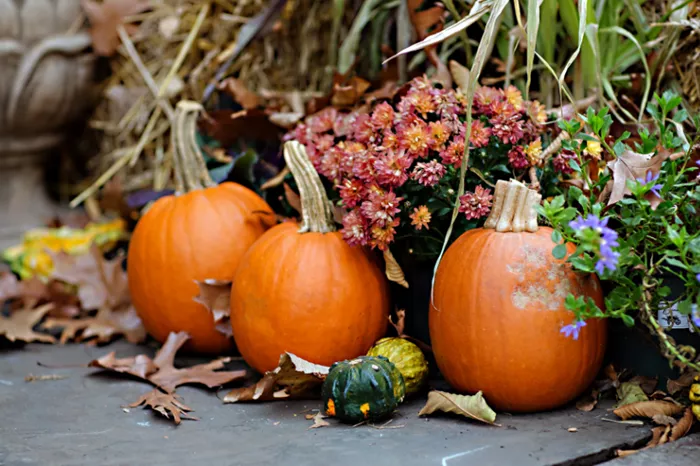Fall Garden Chores: Essential Tips for a Healthy Landscape.
As the days grow shorter and the weather cools, it’s time to tackle some fall gardening tasks. One significant change to consider is how we approach the cleanup of perennial flower gardens.
Traditionally, gardeners would cut back and remove the dying foliage of perennial flowers like daylilies, peonies, echinacea, and rudbeckia. While a tidy garden may look appealing, this practice can be harmful to the local ecology. The seed heads of many perennials, such as echinacea, rudbeckia, and salvia, provide essential food for birds. Additionally, beneficial insects and pollinators often use the dead stems and leaves to overwinter. These insects will emerge in the spring, ready to support our plants. The only exception to this practice is when flowers are heavily diseased; in that case, it’s best to remove them from the garden.
You may have noticed some spring-flowering shrubs, like forsythia, lilac, and weigela, blooming again this fall. While this is unusual, it can occur due to weather stress and warm autumn temperatures. This year, many shrubs lost their leaves early due to fungal blight diseases. The combination of this leaf loss and the warm weather has tricked the plants into blooming again. While this will not harm the shrubs, it may result in fewer flowers in the spring.
Other important fall tasks include chopping and dropping healthy vegetable and annual flower plants once they finish blooming. Instead of removing them, leave the remains on the ground to decompose. However, be sure to remove diseased plants, such as tomatoes. To protect the soil over the winter, add chopped leaves, grass clippings, or straw to bare garden beds. For asparagus beds, leave the ferns until early winter and consider adding lime to raise the soil pH to around 7, based on a soil test.
By following these simple guidelines, you can maintain a healthy and vibrant garden ecosystem throughout the fall and into the spring.
Related topics:
- Protect Your Gardens and Plants from Freezing Winter Nights
- Gardeners Urged to Relocate This Flower Before It’s Too Late
- Essential Gardening Task for Achieving Your Best Flowers Next Year


